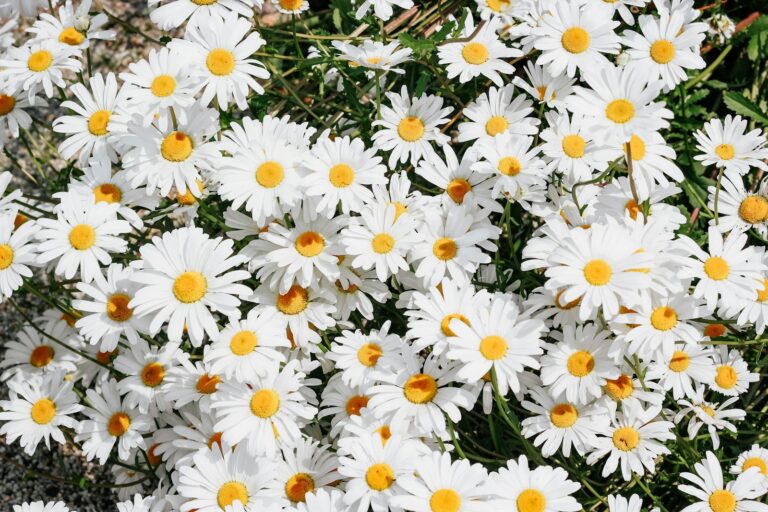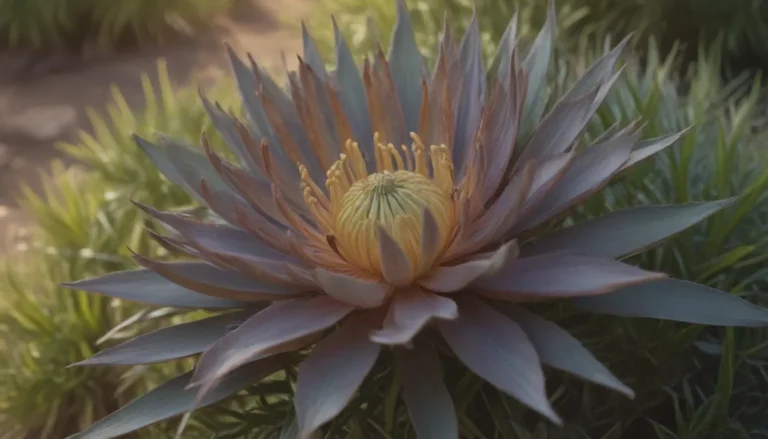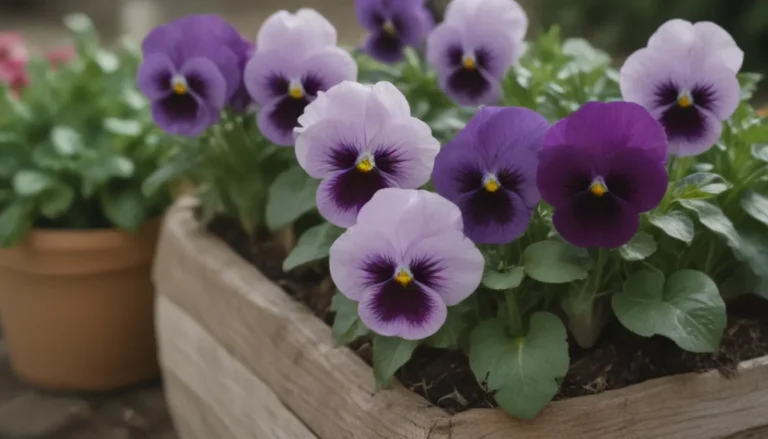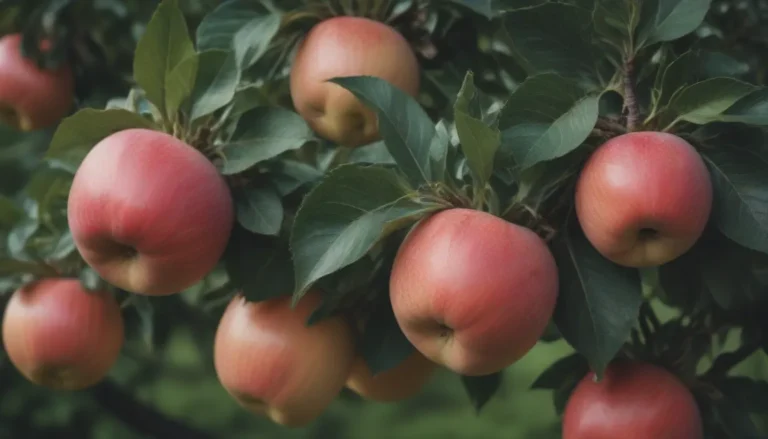Comprehensive Guide to Growing and Caring for Ranunculus Flowers
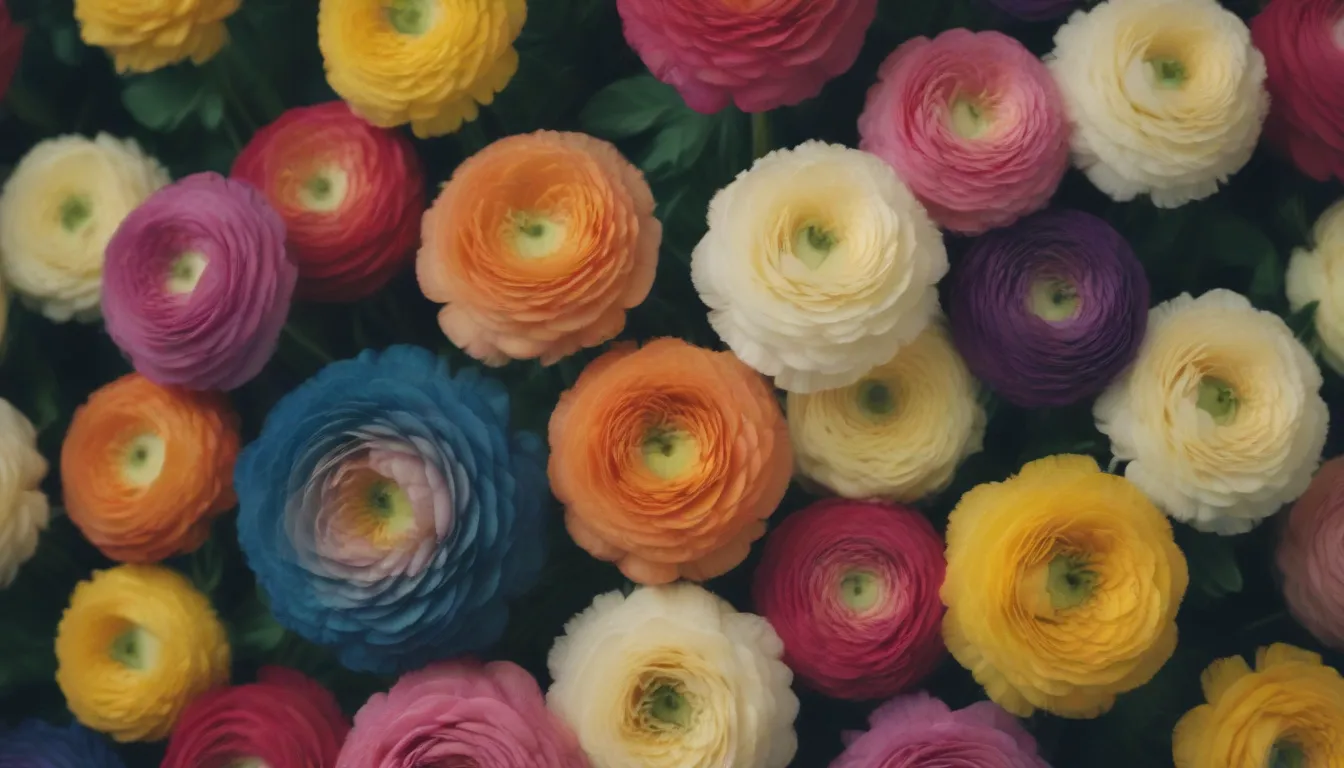
Are you a fan of beautiful, vibrant flowers that add a pop of color to your garden or floral arrangements? If so, you’ll love the stunning blooms of the ranunculus flower. This article will provide you with all the information you need to grow and care for these flowers successfully.
Ranunculus Flowers: A Colorful Addition to Your Garden
Ranunculus flowers, belonging to the genus Ranunculus, are known for their rainbow of colors, including yellow, pink, orange, red, purple, and white. These flowers are beloved by florists and gardeners alike for their showy blossoms that brighten up any space. However, it’s essential to note that most flowers from the genus Ranunculus have a level of toxicity that can be harmful to people and pets.
Ranunculus Care: Tips for Growing Healthy Plants
Growing ranunculus flowers can be a rewarding experience, as long as you provide them with the care they need. Here are some essential tips for successfully growing and caring for ranunculus plants:
Planting
- The timing and technique for planting ranunculus corms vary depending on your growing zone.
- Make sure to protect the corms from freezing temperatures by planting them at the appropriate time for your zone.
- Follow these steps for planting corms in a container before transplanting them into your garden:
- Soak the corms in room-temperature water for four hours.
- Plant the corms in a flat-bottomed tray filled with lightly moistened grow mix.
- Place the tray in a cool, dark, dry space until roots form and the corms begin to sprout.
Light
- Ranunculus flowers thrive in full sun or 6 to 8 hours of sunlight daily.
- Ensure your plants receive enough sunlight for robust growth and abundant blooms.
Soil
- Plant ranunculus corms in well-draining, rich, loamy soil to prevent rotting.
- Avoid clay-based soils that can become waterlogged and harm the corms.
Water
- Keep the soil moist but not wet after planting.
- Adjust your watering schedule as the foliage and flowers appear, tapering off as the season progresses.
Temperature and Humidity
- Ranunculus flowers prefer cooler spring temperatures.
- High heat and humidity can cause the foliage to die back, impacting bloom production.
Fertilizer
- Ranunculus flowers typically do not need fertilizer due to their short growing season.
- Work a granular fertilizer into the soil before planting the corms for added nutrients.
Types of Ranunculus: Exploring Varieties to Grow
There are numerous species of ranunculus flowers, ranging from native wildflowers to cultivars bred for their showy blossoms. Some popular types include:
- R. carolinianus
- R. flammula
- R. repens
- R. asiaticus
- R. asiaticus hybrids
Pruning and Propagating Ranunculus Plants
- Pruning: Ranunculus flowers require no pruning during the growing season. Remove yellow foliage once the plant has finished blooming.
- Propagating: Divide ranunculus corms and offsets at the end of the growing season for propagation.
Growing Ranunculus From Seed and Overwintering Tips
- Seed Propagation: While most ranunculus flowers are grown from corms, you can start them from seeds indoors and transplant them outdoors.
- Overwintering: In zones 8 through 11, leave corms in the ground or container over winter. In colder zones, remove corms and store them in a cool, dry place.
Common Pests and Diseases to Watch Out For
- Keep an eye out for aphids, which can be a problem for ranunculus plants.
- Avoid root rot by ensuring proper drainage and avoiding overwatering.
Tips for Encouraging Bloom and Extending the Flowering Season
- Provide ample sunlight and well-draining soil for healthy plant growth.
- Cut ranunculus stems in the early morning for longer vase life.
- Keep flowers out of direct sunlight and change the water in the vase every two days for maximum bloom longevity.
Ranunculus flowers are a delightful addition to any garden or floral arrangement, offering a burst of color and beauty that lasts from early spring to late spring. By following these care tips and guidelines, you can enjoy a stunning display of ranunculus blooms in your own backyard. So, roll up your sleeves, grab your gardening tools, and get ready to grow your own gorgeous ranunculus flowers!
